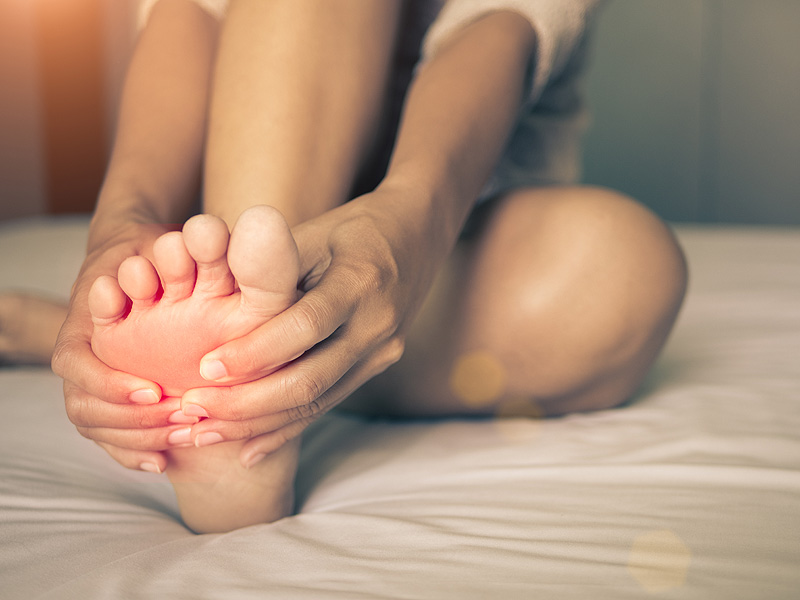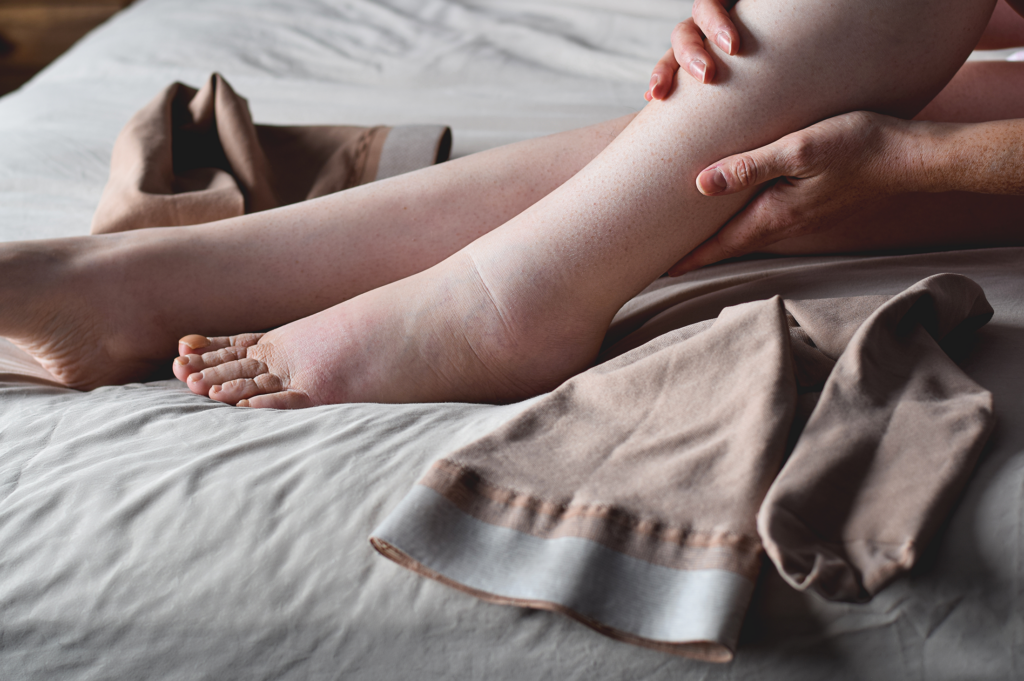
What is Lymphedema?

By Ashley Christenson, DPT, Aquacare Physical Therapy
March is Lymphedema Awareness Month, so it is a great time to learn about lymphedema and our body’s lymphatic system.
Perhaps you have heard the term lymphatic system or lymphedema, but what really is this system and how do people end up with lymphedema?
The lymphatic system is an intricate network of nodes and pathways that carry lymph fluid throughout the body. This fluid is a combination of water, salts, proteins, and white blood cells. It serves as a critical component to healthy bodily processes.
Lymphedema occurs when there’s an obstruction of the flow in the lymphatic vessels, resulting in swelling in multiple areas such as arms, legs, neck, head and abdominal region.
It’s best to be aware of potential signs so appropriate action can begin if necessary. Early detection makes treatment more effective.
When something disrupts the normal flow of lymph fluid, lymphedema may result, causing accumulations of fluid in various parts of the body. You might notice your ankles are swollen more regularly and think this might be because you ate too much salt, however if the swelling persists, you should talk to your healthcare provider to see if the swelling might be lymphedema.
While lymphedema can be treated successfully in many cases, there is no cure for lymphedema.
There are two types of lymphedema – primary and secondary.
Primary lymphedema is a genetic condition which may show at birth or later in life which prevents the lymphatic system from properly draining.
Secondary lymphedema is due to other factors which can cause damage to the lymphatic system and can include surgery, lymph node removal, radiation, infection, injury, or a tumor causing obstruction of lymphatic vessels, among others.
If you are diagnosed with lymphedema, it is important to work with a physical therapy team you trust to gain support and relief of your symptoms.
Aquacare’s expert physical therapy team in 10 locations includes several lymphedema specialists.
One of the ways the team can support your healing is with complete decongestive therapy. This involves skin care, manual lymphatic drainage, multilayer compression bandaging, and can also include vasopneumatic compression pumping.
Aquacare’s teams also work with patients to create a personalized exercise program consisting of decongestive exercises which can aid in the return of lymphatic fluid.
Exercise is also an important aspect of overall health and weight management, both of which are important when treating lymphedema.
In addition, our lymphedema experts know and work with exceptional companies to help connect you with resources, including compression garments and at-home compression pumping equipment.
Call an Aquacare location near you to schedule your free 30-minute consultation so you can talk to our team about your symptoms and see how we can help get you moving again. Specialized lymphedema treatment is available in our East Lewes – King Street Row, Seaford, Salisbury – Injury Center, and soon Easton (April 2023) locations.
Call 1-844-547-7432 or go to www.aquacarephysicaltherapy.com to connect with an office in your neighborhood.
Caption: Ashley Christenson, DPT, Aquacare Physical Therapy, works with a lymphedema patient.




